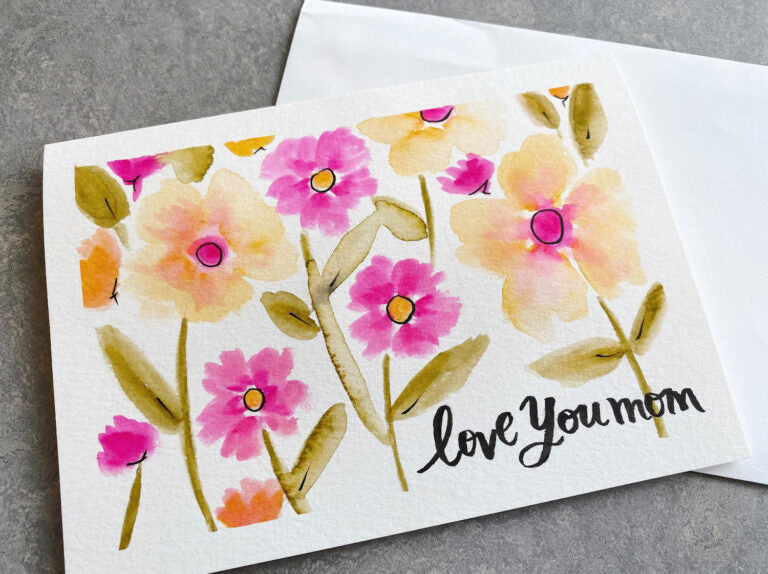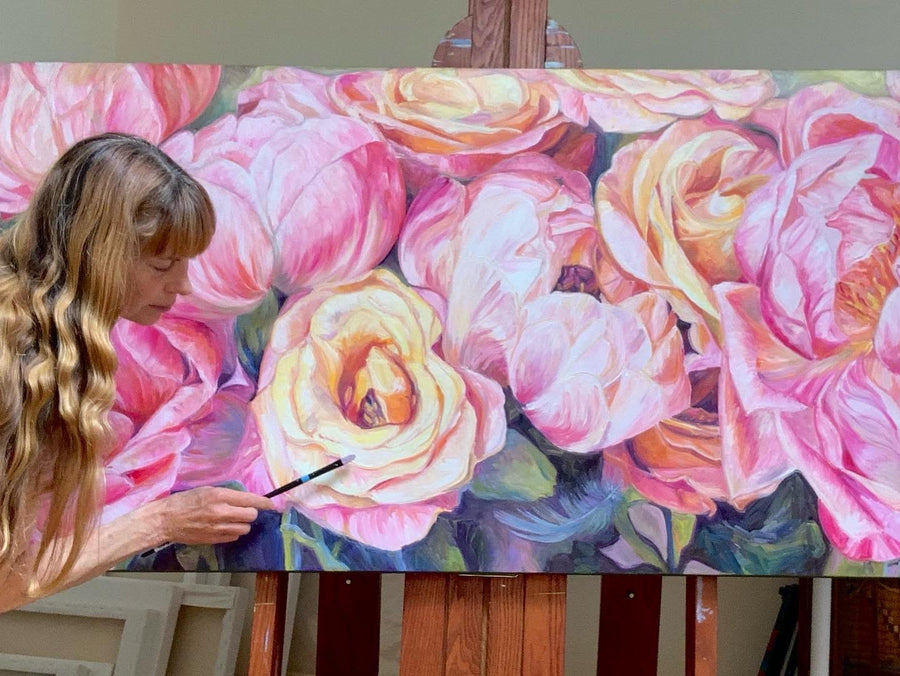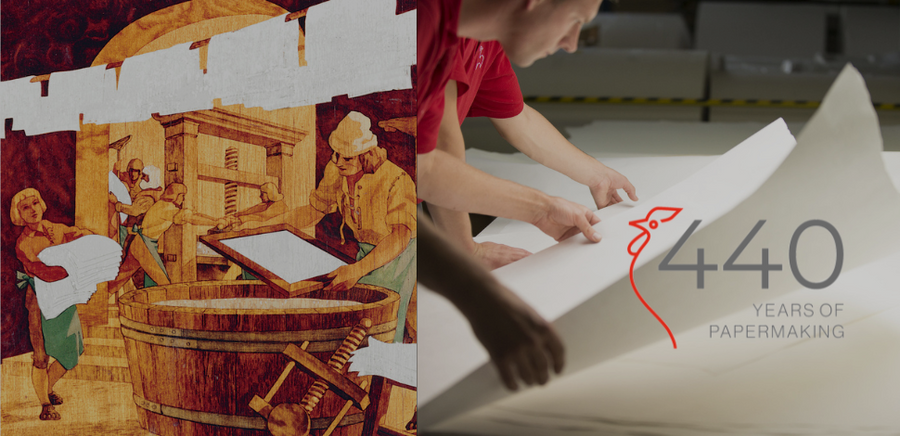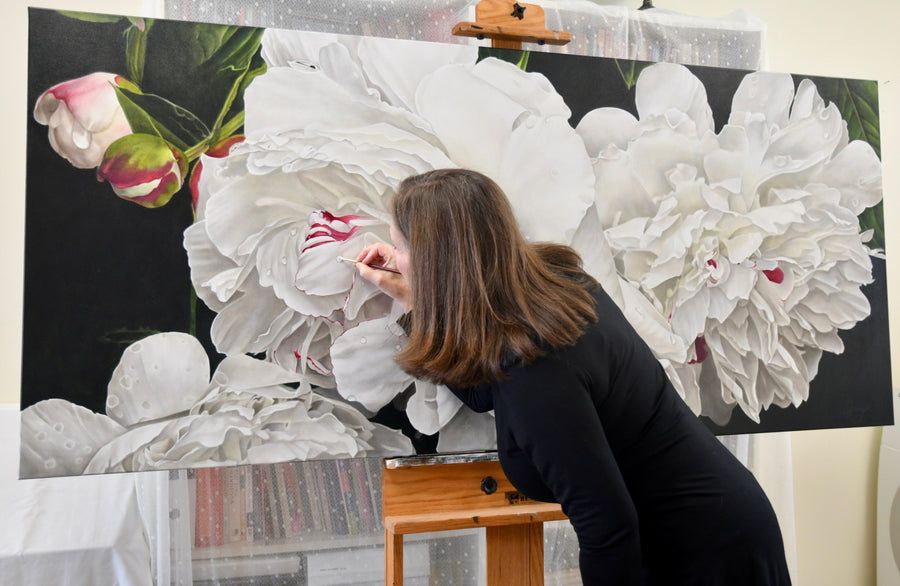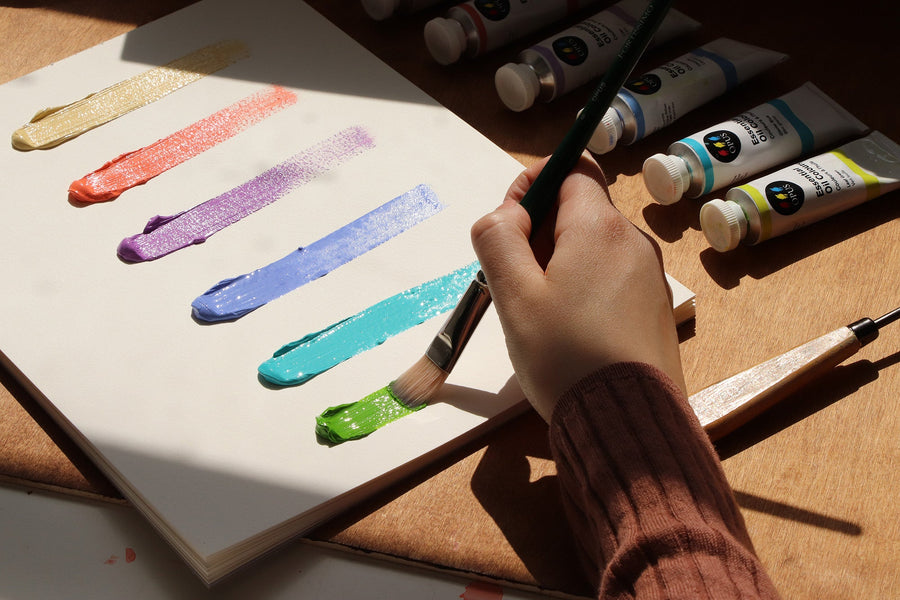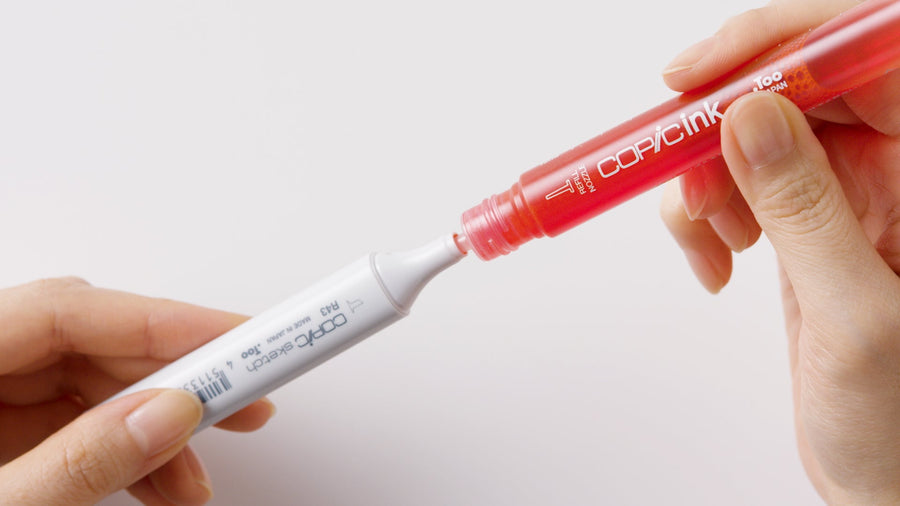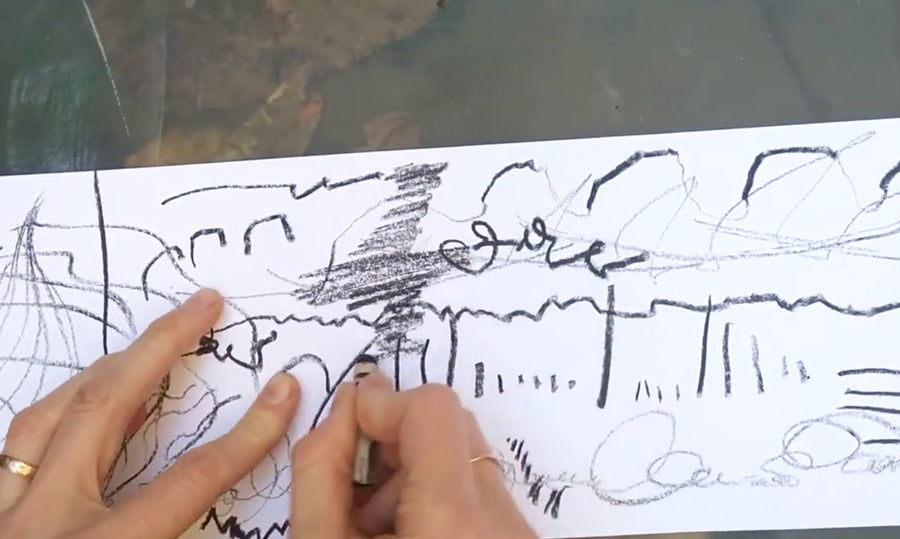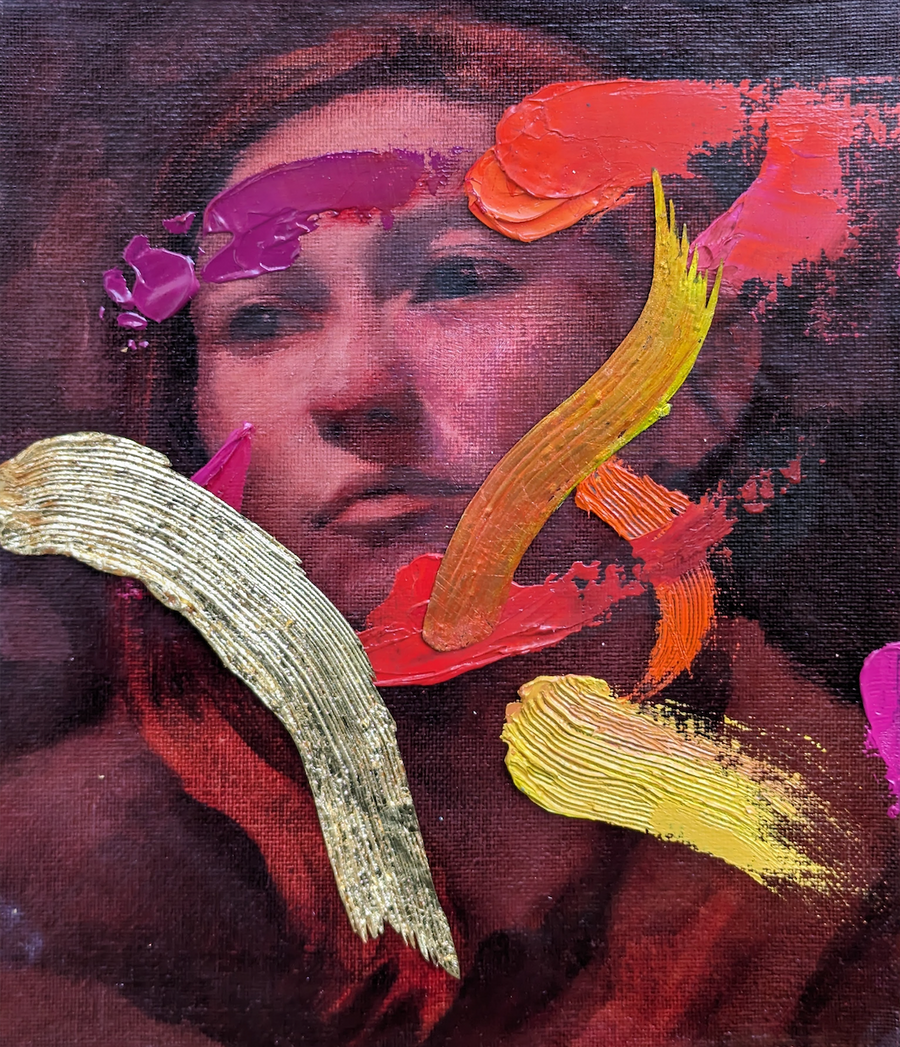Trading up to professional level art supplies can seem overwhelming or intimidating.
However, just making a few small changes to your palette selection can make a big impact in transitioning your art practice.
In this article, we'll discuss some of the particulars of artist grade vs. student grade art supplies, using the specific example of oil paints from Winsor & Newton. It should be noted that similar principles apply to most other types of art supplies. Also remember – this is art! There are no wrong choices.
There are good reasons to choose either grade of paint, so our goal with this article is to equip you with confidence to choose the art materials that suit your needs and goals.
Generally, there are two grades of art supplies to choose from: artists grade vs. student grade.
Artist Grade Oil Paints
(also referred to as Professional)
With artist grade paints, you'll have more selection in terms of paint lines.
For oil paints, Winsor & Newton has 3 artist grade lines:
- Artists' Oil Colours
- Artisan Water Mixable Oil Colours
- Griffin Alkyd Fast Drying Oil Colour (not currently available at Opus Art Supplies)
Artist grade paints offer broader colour selection, typically with the best quality pigments available.
Artist grade lines can be modified, mixed, and extended more than Student grade paints. This is possible thanks to the stronger pigment load, and broader range of available mediums.
We'll have examples of mixing properties further into this article.

Student Grade Oil Paints
(we like the terms “Introductory” or “Beginner-Friendly” more, but we'll continue to use Student grade in this article)
For student grade paints, Winsor & Newton offers Winton Oil Colour.
Winton Oil Colours are designed to be high quality, but within a price range to suit student and beginner budgets. This does not make them poor quality; on the contrary they are quite good. There are many reasons to choose student grade paints, such as learning new skills, fitting a budget, or covering large areas where exact colours are lower priority.
However student grade paints may not give you the intensity, subtlety of colour, and handling that you will find with Artists’ Oil Colour.

Colour Mixing & Tinting
Important Note: Not all reds, yellows and blues are the same. The ideal primary colours will create the most beneficial secondary colour mixes.
For Winsor & Newton’s Artists’ Oil Colour, the suggested primary colours are:
- Winsor Lemon
- Winsor Blue (Red Shade)
- Permanent Rose
For Winton Oil Colours, the suggested primary colours are:
- Lemon Yellow Hue
- French Ultramarine
- Permanent Rose

You may observe a few differences between the two sets of swatches above. One apparent difference is the green mix, owing to the different pigments between the artist grade vs student grade.
Overall, the tones in the artist grade swatches are generally deeper than the student grade counterparts.
In the case of mixing, artist grade paints will offer cleaner, richer colour combinations.

Artists’ Oil Colours provide stronger tints when reducing with Artists’ Oil Colour Titanium White.
Winton Titanium White’s reduction of the primaries, while still effective, are noticeably less vibrant.
You can try this for yourself by mixing a primary colour with titanium white at a ratio of 1:10. This will also allow you to more easily note the temperature of a colour as warm or cool. The colour temperature is harder to see in the mass tone (colour straight from the tube).
In terms of tinting, artists grade oil paints will provide stronger and more controlled tints.
Winsor vs Winton: Masterclass Video
This video from Winsor & Newton demonstrates the tinting differences between artist grade vs. student grade paints.
The higher pigment load in Artists' Oil Colours will allow you to achieve a wider range of tonal values in comparison to Winton. For darker values using Winton, artists may have to use paints straight out of the tube.
Also demonstrated is the difference in tinting when utilizing zinc white vs. titanium white. The more transparent zinc white affect the tint less than the more opaque titanium white.
Why choose student grade paints?
At this point you may be asking yourself, what benefit is there to choosing a student grade paint? A valid question!
The short of it is very simple – budget! There are many cases where an artist may not be wanting, willing, or able to spend more on the artist grade vs. student grade paint. Student grade paints are simply more accessible economically.
This accessibility is great for students and beginners to the medium who are learning and experimenting with painting.
For larger scale projects or covering base layers of paintings, student grade paints can be utilized since the composition and coverage may take priority over minute detail.
When the budget is a priority for the project, student grade paints may be the ideal choice!
For example, a charity-based project for a good cause could have a smaller budget, requiring some cost-saving measures. In other instances, the proposed budget can be the deciding factor in terms of selecting an artist.




